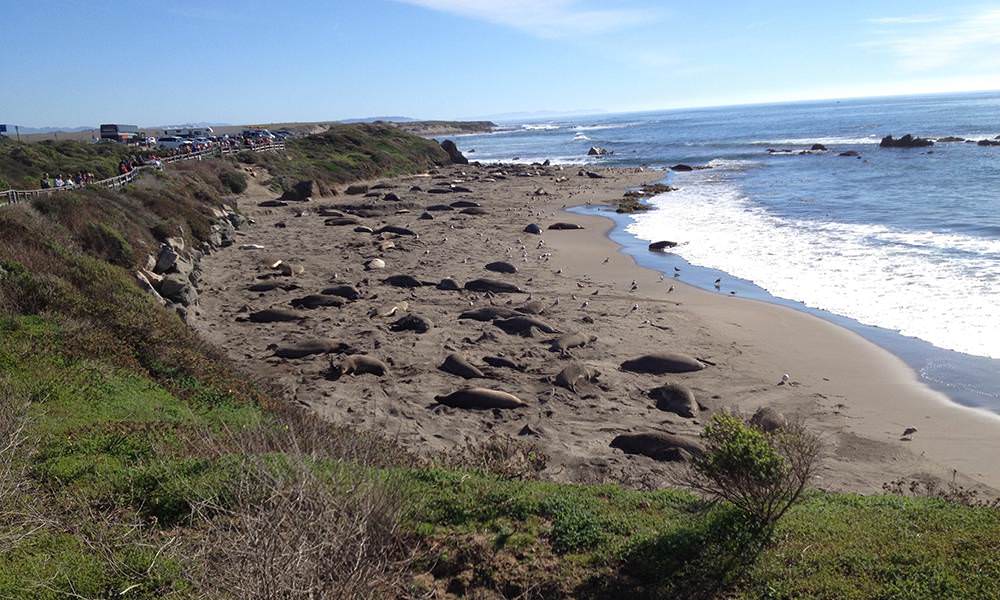The State of Monterey Bay: An Interview with Dr. Jennifer Brown
In January, Monterey Bay National Marine Sanctuary released an update to its Condition Report, a detailed assessment of how the sanctuary is doing. In this Q&A, Dr. Jennifer Brown, ecosystem scientist for the Sanctuary Integrated Monitoring Network (SIMoN), explains the importance of this report and what it has to say about the sanctuary.
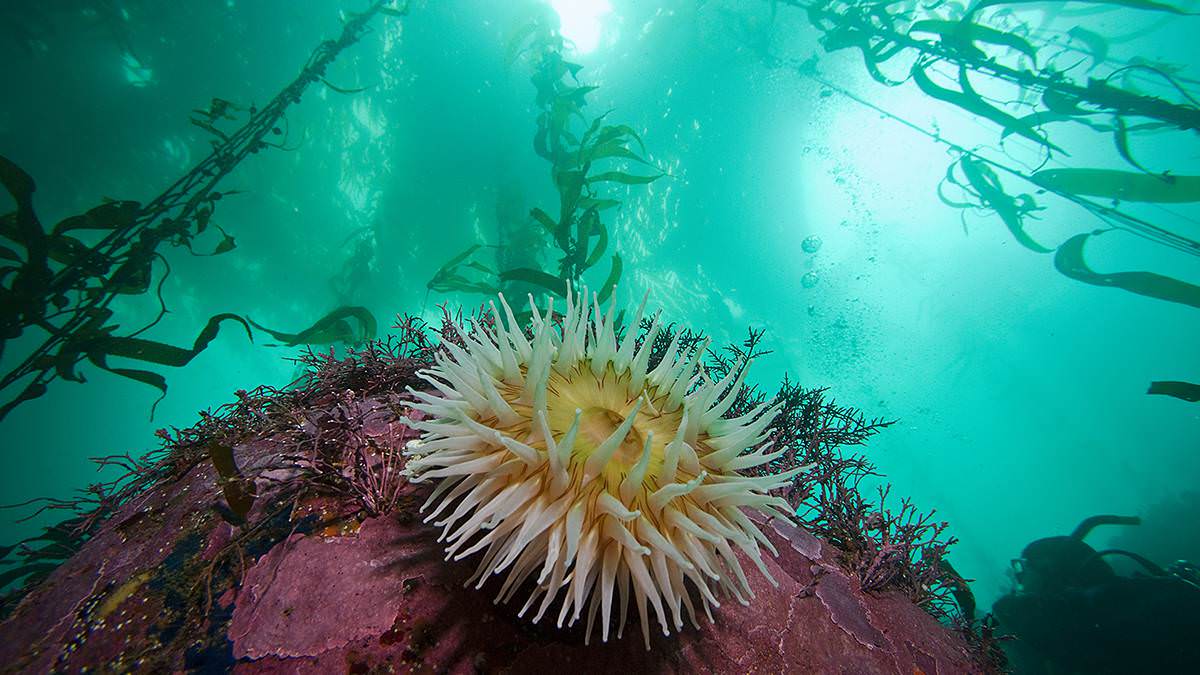
Q: What animals and habitats are doing especially well?
Many sanctuary habitats and animals are in similar or improving condition compared to our previous assessment in 2009. For example, the giant kelp that forms extensive underwater forests is generally healthy and the fish community in those kelp forests appear to be stable.
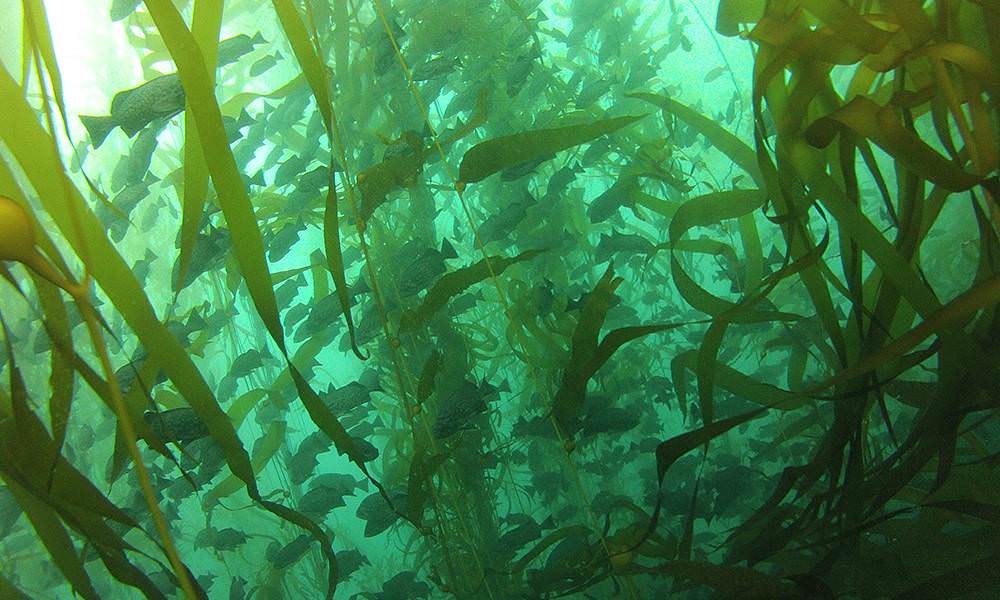
We also assessed a fairly new addition to the sanctuary, an underwater mountain called the Davidson Seamount, for the first time in this report. We found that the habitats and animals on this seamount were in near-pristine condition.
Overall, due to the combined efforts of many agencies and organizations, most of the marine mammals that occur in the sanctuary have populations that are stable or growing.
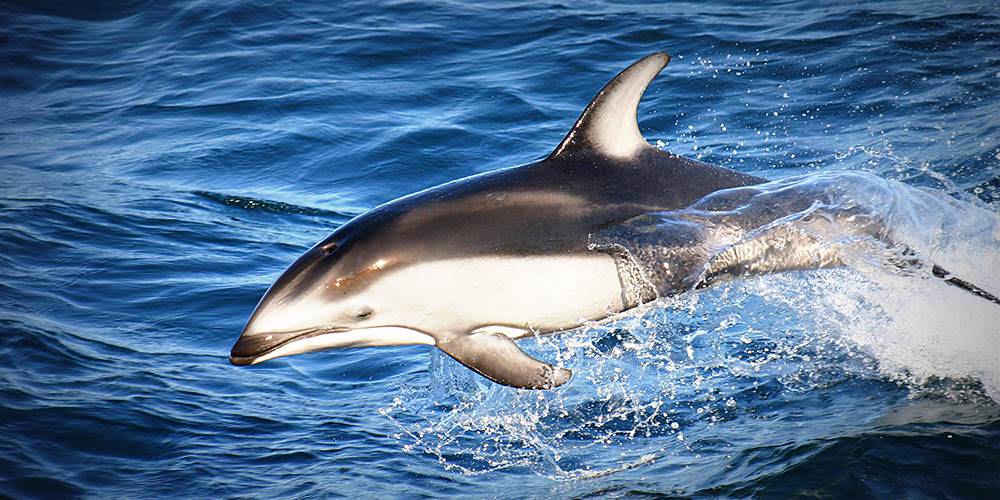
Q: What animals and habitats still need help recovering? How will the sanctuary support these species' recovery?
A number of pressures on the waters, habitats and animals in the sanctuary were identified in the condition report update. Some pressures are more prevalent near population centers or are increasing due to population growth, such as agricultural and urban runoff, coastal development and erosion, and disturbances to wildlife. Other pressures -- marine debris, vessel traffic, and climate change -- are larger, more global issues.
The sanctuary is currently in the process of reviewing and updating our management plan. We are using the information in the condition report to help identify management actions to reduce impacts and support improving condition of sanctuary resources when possible. Often that includes engaging in partnerships with other management agencies in the region, non-governmental organizations and citizen volunteers.
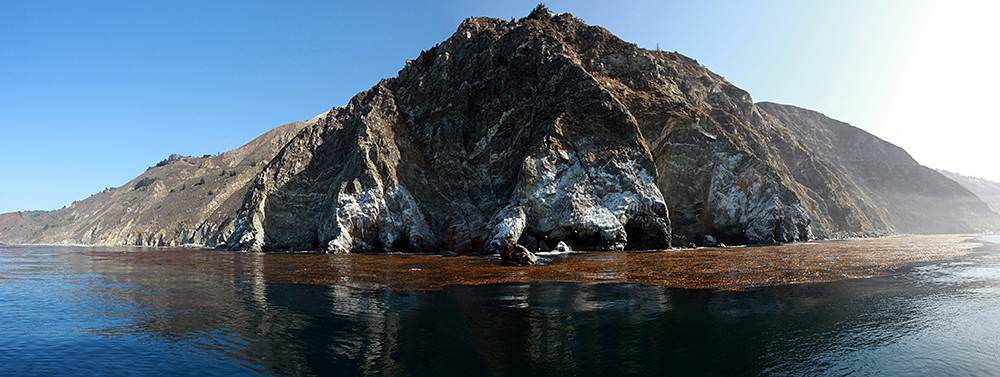
Q: How is global climate change affecting the sanctuary?
Global climate change is having a number of effects on the sanctuary. The most easily measured are shifts in ocean chemistry. For example, in Monterey Bay's offshore waters, two decades of measurements show that ocean carbon dioxide and temperature has gradually increased over the last two decades while pH and dissolved oxygen have decreased.
These shifts in ocean chemistry can lead to increasingly stressful conditions for some species, such as plankton and corals, that have shells or skeletons made of calcium carbonate that can be dissolved by increasing acidity. We discuss a few examples in the report, but much more study is needed to help us better understand and predict future impacts to the sanctuary from global climate change.
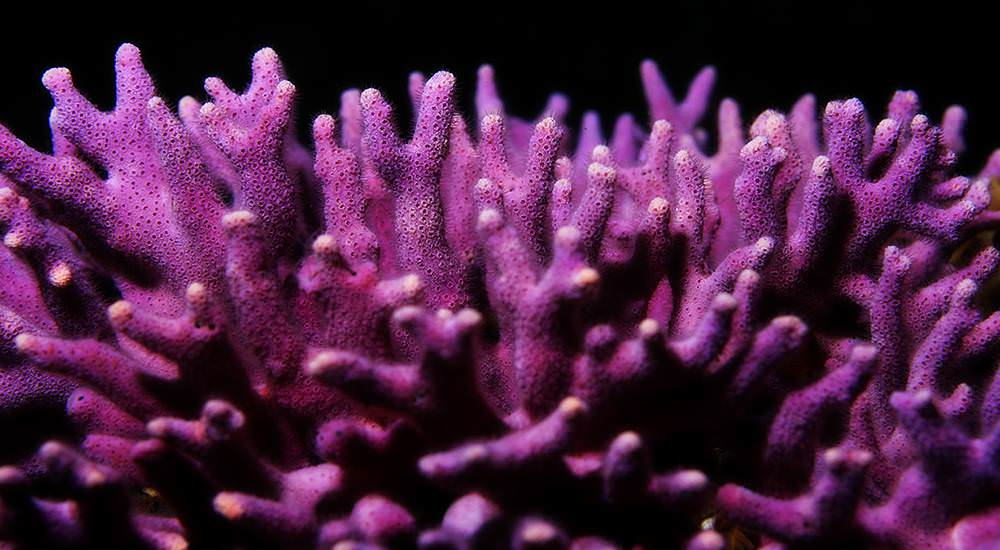
Q: What about El Nino?
The new Condition Report covers the years 2009-2014, so the current El Niño event is not discussed. However, based on observations from past El Niño events, we expect to see more rain and freshwater flowing into the sanctuary, and warmer water moving up the coast from the south, bringing with it species associated with those warmer waters.
For example, this fall and winter large schools of pelagic red crabs (Pleuroncodes planipes) have washed up on beaches in Monterey. This species, which is usually seen much further south off Baja California, is indicative of the intrusion of warm sub-tropical waters into central California. We have an interesting article on this sporatic event on our Sanctuary Integrated Monitoring Network website.
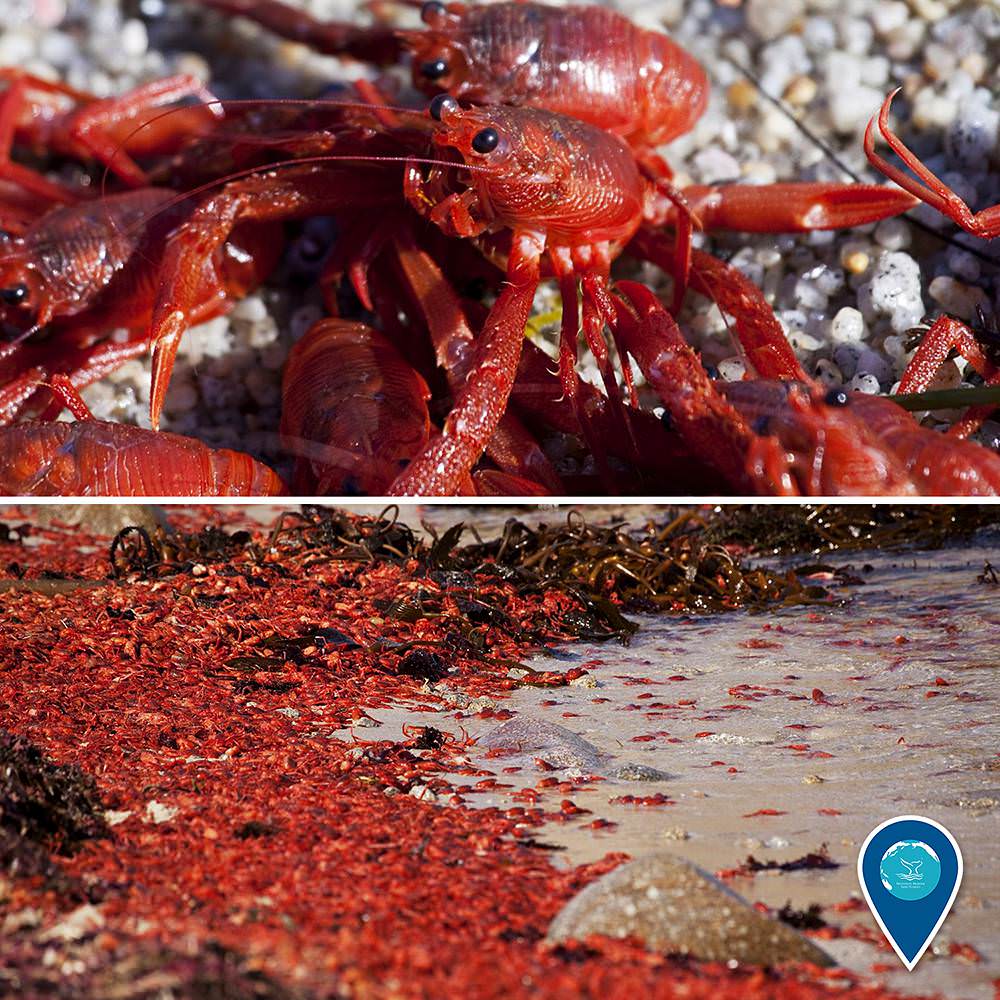
Q: How can visitors to the sanctuary help monitor and care for its inhabitants?
Volunteering is one of the best ways to make a positive impact in the sanctuary. Our citizen science projects get volunteers directly involved in sanctuary monitoring: sanctuary visitors can collect water samples for tracking the quality of water flowing into the sanctuary with the Monterey Bay Sanctuary Citizen Watershed Monitoring Network or become BeachCOMBERS and sample selected sections of beach for stranded marine birds and mammals. Fish counting is also rapidly becoming a favorite pastime for recreational divers and snorkelers, and the Great American Fish Count and Reef Check California are two efforts in Monterey Bay National Marine Sanctuary.
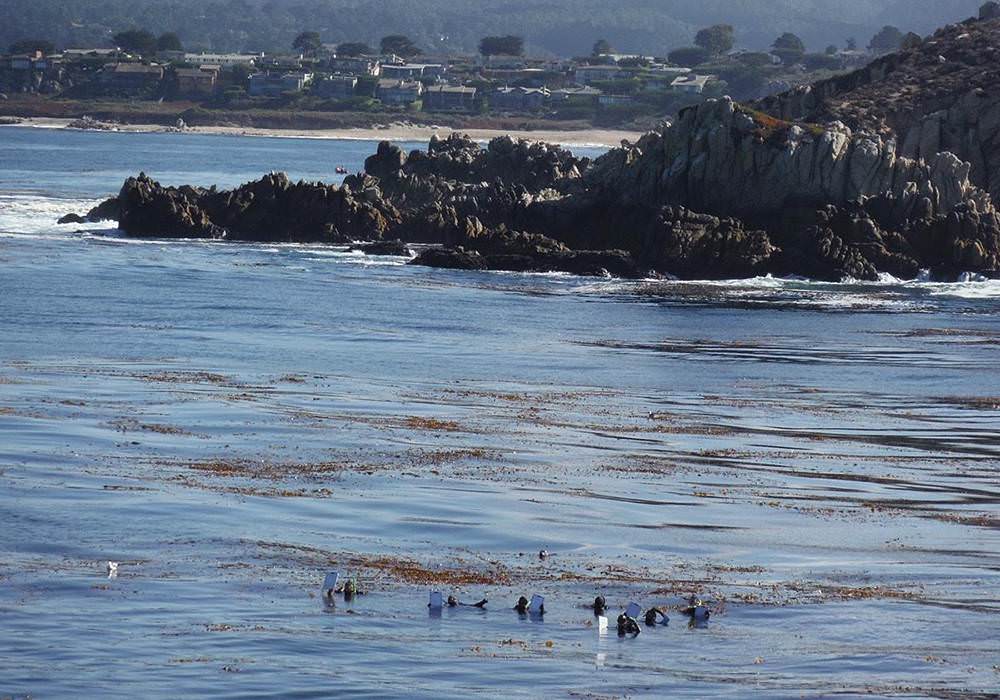
Bay Net Volunteer Naturalists can help us engage the public by introducing the sanctuary and local wildlife like seabirds, sea otters, and dolphins that can be easily seen from shore with binoculars and spotting scopes. And the sanctuary's Team OCEAN Program puts trained, knowledgeable naturalists out on the water in sanctuary kayaks to greet and interact with fellow day kayakers.
Volunteers can become a docent at our visitor center in Santa Cruz or San Simeon or join us on Coastal Cleanup Day to pick up trash and debris from California's coastal beaches and watersheds.
And even if you're just visiting the sanctuary for the day, you can help us care for Monterey Bay's inhabitants by practicing good ocean etiquette. Wildlife Viewing Tips provide some simple tips to help you enjoy watching wildlife in a responsible way, and our free visitors centers in San Simeon or Santa Cruz are fantastic places to learn more.
